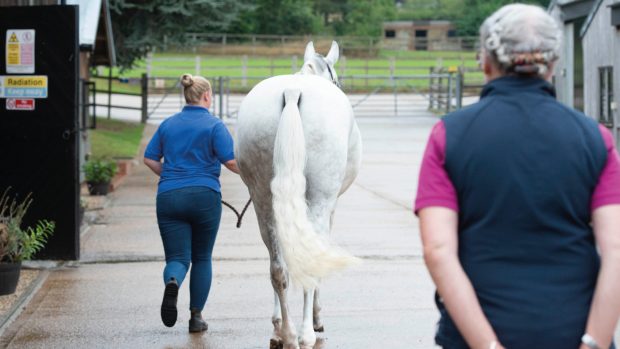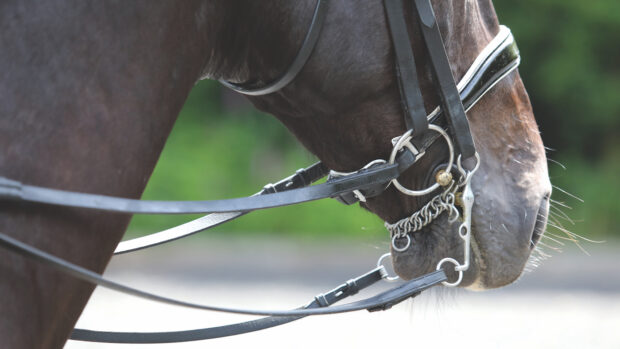Horses roll for many reasons – an itchy back, the need to stretch or to aid the shedding of a winter coat. But in small paddocks, too much rolling can spoil large areas and reduce the available forage.
Scientists in Japan wondered whether the surface available for rolling would affect the frequency and duration of the behaviour. Knowing this might allow us to be able to protect our pasture more effectively.
They took four adult horses and observed them for three weeks in a flat grass paddock. Careful records were kept of their rolling preferences. The group were turned out together by day, but kept in individual stables at night.
They were then put in another flat paddock in which three special rolling areas had been prepared – one of flat soil, one of flat sand and one of straw spread out as a bed.
Scientists discovered that the horses preferred to roll in the soil rather than the sand or straw, and that they rolled more in the morning than during the rest of the day.
This is not surprising, as communal rolling areas in a natural or feral situation expose the soil beneath and become social venues, so the artificial soil areas appeared to be more natural than straw or sand.
What the research does show is that, where grass is precious and needs to be conserved or protected, providing an artificial rolling area where the soil is deliberately exposed may help.




